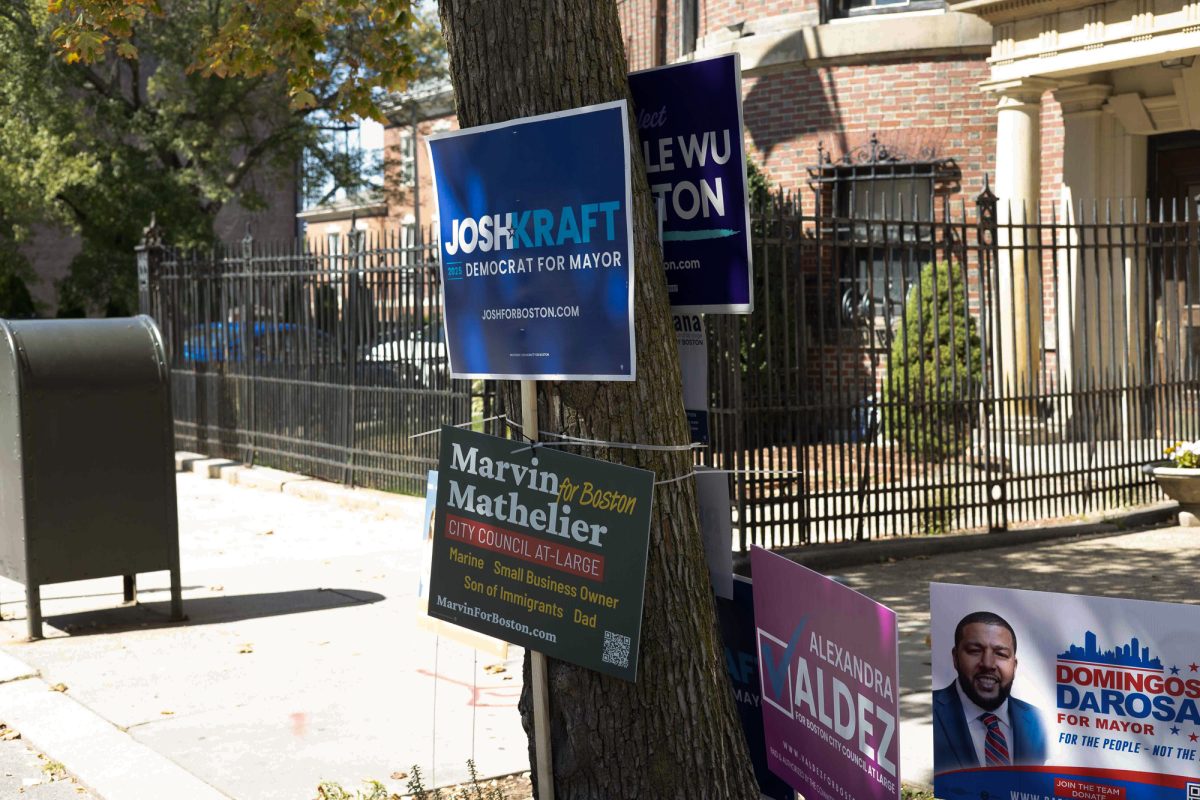Athletes are special people, not because of how they play the game but for what they do. They have the guts to go out on the playing field, fail in front of everyone and risk failing again on the very next play. The ability to pick themselves up, dust themselves off and go out there and do it again is what makes athletes truly remarkable.
Due to the adrenaline-fused nature and drive of true athletes, players are subconsciously drawn to anything that gets their blood pumping. So naturally, friendly competition, dares, bets and other risqué activities such as extreme sports, become common hobbies among athletes.
The NFL knows this, the MLB knows this, heck, every professional sports league and association knows this.
In an attempt to combat players from seeking out hazardous behavior, risk-taking clauses are built into every player’s contract across professional sports leagues. This way, if a player gets injured while participating in activities such as BMX, base jumping or skydiving, the team holding their contract can terminate it and withhold pay the second an injury occurs.
These clauses don’t only protect professional sports teams from the financial commitments of injured players, but they end up preserving a multitude of athletic careers.
So why don’t colleges invoke similar policies to protect professional leagues’ future draft picks?
Maybe because college is supposed to be a time for experience.
Maybe because college is a time to make mistakes and learn from them.
Or maybe this is a sick tactic used to weed out the weaker, less focused athletes.
But allowing college athletes to choose whether to participate in high-risk activities, such as bungee jumping or whitewater rafting, is a bit, well, risky in itself.
Just last week 23-year-old Florida State baseball player, Steve Spradling, was lucky to survive a weekend skydiving excursion that turned sour.
Spradling was a member of FSU’s skydiving club. He was roughly 100 feet from the ground when he foresaw a deadly collision taking place between him and another skydiver. Spradling was forced to accelerate his landing in order to avoid the other diver, resulting in multiple breaks to his pelvis, hips, ribs and back.
Doctors at Holmes Regional Hospital in Melbourne, Fla. remain hopeful. They say that after spending nearly three months in the confinement of a wheelchair, Spradling should be able to walk again.
Thoughts on Spradling’s future baseball career don’t seem so optimistic. As a matter of fact, doctors say it is likely Spradling will never set foot in the batter’s box again.
If FSU had invoked risk-taking clauses of a sort into their athletic scholarships, would Spradling have made it to the big leagues?
Maybe. Maybe not. No one can know for certain.
One thing is for sure though, if Spradling hadn’t been injured in a skydiving mishap, he would undoubtedly have a shot.
Instead of praying for Spradling’s big break, his friends, family and teammates are all hoping for a quick, successful recovery in the months to come. The thought that he may never play again isn’t even a concern at the moment.
Because of his skydiving incident, Spradling won’t get to compete during his senior year of college, and may never be able to play the game he loves again.
If the NCAA were to invoke risky-behavior clauses into their rules and regulations, careers like Spradling’s could be saved.
By not implementing risky-behavior clauses, colleges are at risk of their key players getting seriously injured by choosing to participate in reckless activities.
Freak accidents obviously can’t be stopped, but they can be avoided. One such way of evading serious career-ending injuries is to discourage athletes from giving in to their impulsive, adrenaline-thirsty behavior at the collegiate level.




















































































































